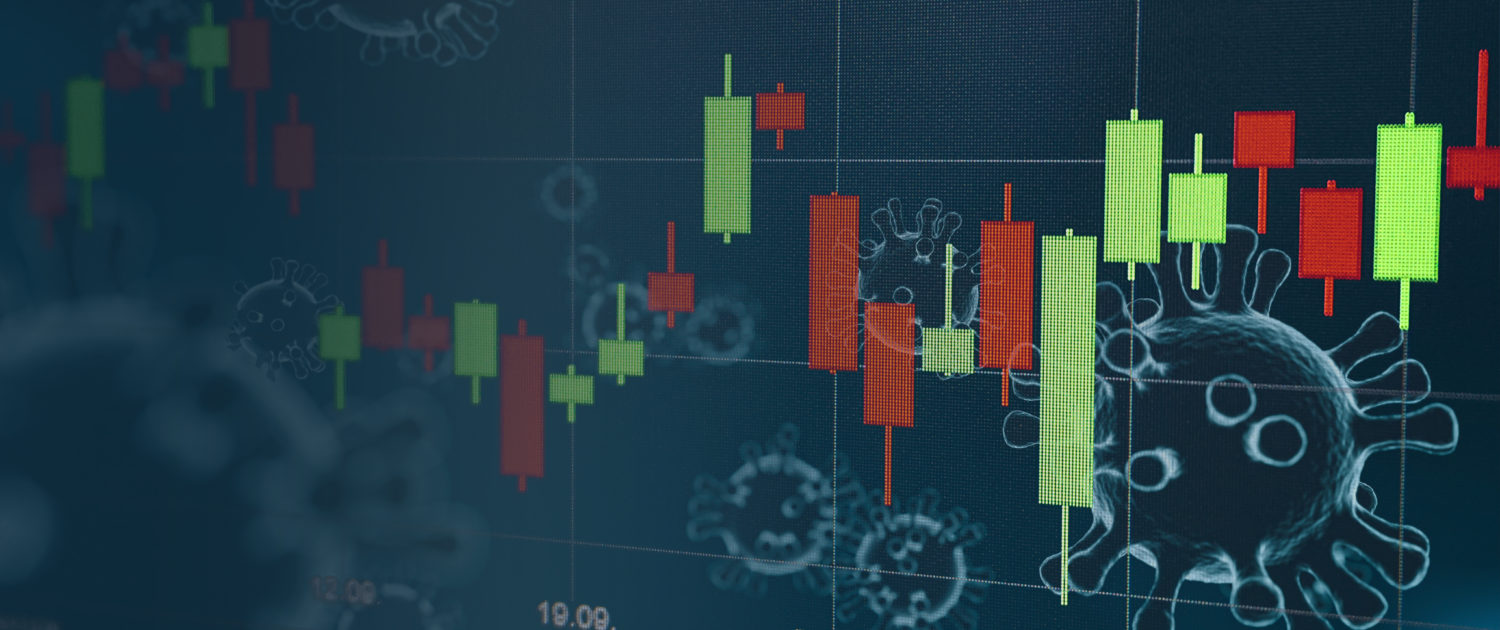The Trend Is Your Friend – Dispatches From Route 66
By Nick Gallus

Good investors are always looking at trends. Trends help guide decisions. Carefully analyzing trends allows investors to discern how and when the value of assets may change in the future. However, trends don’t evolve the same way, and many trends can be observed at any given time — there are existing trends, potential trends, accelerating trends, changing trends, ending trends, etc.
Generally, trends are defined as big, ongoing shifts in the world/economy that take years or decades to play out from a starting point to some later point of stabilization. Successful investors effectively manage their portfolios for the long-term by spotting new trends early, riding current trends, and judging when existing trends might end.
There are always trends developing, such as the rise in eCommerce, declining trust in American mass media, and increase in the passing game in football offenses. Many of these changes are obvious. The COVID-19 pandemic of 2020 has accelerated several ongoing trends, including digital payments, distance learning, online shopping, video conferences, and video-gaming.
The Mother of All New Trends
The increasing influence of the Federal Government on the U.S. economy is the mother of all pandemic trends that will continue to impact the investing world for several years.
Consider this statistic: on July 23, Treasury Secretary Steven Mnuchin stated that approximately $1.6 trillion of fiscal stimulus dollars had been spent in response to the current crisis. With annualized U.S. GDP of $21.5 trillion (pre-pandemic), $1.6 trillion over four months equates to nearly 25% of GDP. This staggering figure, along with regular federal government spending, has led to total federal government spending that is unprecedented since World War II.
Current Trends
Looking forward, I believe three key long-term trends will have significant implications for investors. We will explore these trends further over the next several months:
- Low Interest Rates. Long-term interest rates, as measured by 10/30-year Treasury bonds, have been declining for nearly 40 years, and are currently near all-time lows of 0.5%/1.2%, respectively. This is driven by increased demand for safety by investors, as well as Treasury bond purchases by the Fed to intentionally keep rates low to support deficit spending. U.S. history, as well as the ongoing situation in Japan, shows that interest rates can remain very low for multiple decades. For example, long-term U.S. interest rates were in the range of 1.5% to 3.0% for 22 years from 1934 through 1956. If this trend continues, the implication for investors is that buying/holding bonds at today’s prices are likely to yield very modest returns above long-term inflation expectations of 1.34%.
- Broader (Temporary?) Social Safety-Nets. The pandemic has ushered in a flurry of new social safety-net spending from the Federal government, including expanded unemployment benefits, the Payroll Protection Program (PPP) loans from the Small Business Administration, and stimulus checks, among other measures. While these funds were much needed in the short-term to prevent a depressionary spiral, the most important trend we are monitoring is whether these benefits will be deliberately curtailed and ended over the next 6-12 months. Such a change would allow the economy to heal and grow naturally, continuing the magic of “creative destruction” that has allowed the U.S. economy to become one of the most prosperous and dynamic in the world. If this trend toward increased safety nets is not curtailed, the likely outcome could be less dynamism, slower long-term economic growth, higher structural unemployment, and lower equity returns, similar to that experienced in Europe.
- Increased Scientific Research & Development Spend. For the past several decades, U.S. government-funded R&D, as a percentage of GDP, has declined while R&D spending by companies (on more commercial-focused products) and R&D spending by other countries such as China have increased. A new trend that appears to be arising from the pandemic is bi-partisan support for increased fundamental scientific research, such as vaccine development from BARDA, and the potential boost to semiconductor manufacturing capabilities via the American Foundries Act legislation.
Additionally, presidential candidate Joe Biden proposed a $2 trillion energy/infrastructure bill, which, if implemented, could amount to $500 billion spending annually, or more than 2% of GDP, to implement green energy technologies and update a portion of U.S. infrastructure.
While big changes in Federal R&D spending may not come to fruition, a Congressional Budget Office study shows that long-term benefits to economic growth are meaningful, but often take 10+ years to be realized. A sustained increase in federal scientific research and infrastructure spending would likely enhance both long-term U.S. economic growth potential and returns of U.S. equity investments.
The Trend Is Your Friend
This is an oft-spoken phrase in the investing world, for good reason. While often true, we must also be vigilant to recognize changes to important trends, of which there are several currently underway.

Nick Gallus, CFA
Senior Vice President &
Director of Investment Research
(918) 744-0553
NGallus@TrustOk.com


